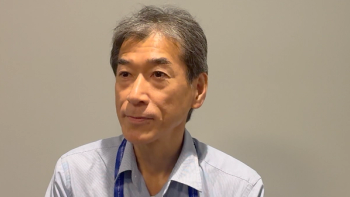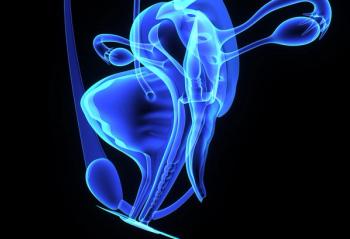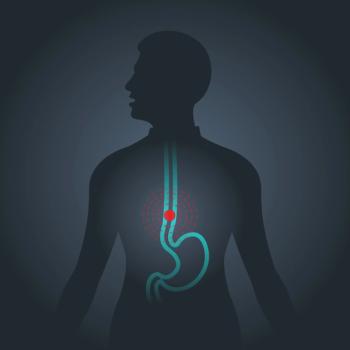
Miami Breast Cancer Conference® Abstracts Supplement
- 42nd Annual Miami Breast Cancer Conference® - Abstracts
- Volume 39
- Issue 4
- Pages: 15
TPS 24 Phase Ib Dose-Finding Study of [177Lu]Lu-NeoB + Ribociclib + Fulvestrant in Patients With ER+/HER2− Advanced Breast Cancer With GRPR Expression With Early Relapse FromAdjuvant Endocrine Therapy or Progression on ET + CDK4/6i for ABC
Background
Ribociclib (RIB) + endocrine therapy (ET) has shown significant progression-free survival and overall survival benefit in patients with hormone receptor–positive (HR+)/HER2-negative (HER2–) advanced breast cancer (ABC). However, there is an unmet need for novel therapies for patients with disease progression on or after ET with or without a CDK4/6 inhibitor (CDK4/6i). Radioligand therapies (RLTs) have shown improvements in survival vs standard of care in other disease settings. We describe the CAAA603B12101 study, evaluating the addition of [177Lu-NeoB](177Lu-NeoB), a first-in-class RLT that selectively binds GRPR, to ET plus CDK4/6i for patients with estrogen receptor–positive (ER+)/HER2− ABC plus GRPR expression with early recurrence from (neo)adjuvant ET with or without CDK4/6i or progression on ET plus CDK4/6i for ABC.
Materials and Methods
This phase 1b, single-arm, multicenter, open-label, dose-finding study estimates the recommended dose (RD) of 177Lu-NeoB in combination with ribociclib plus fulvestrant. Eligible patients with ER+/HER2− ABC + GRPR expression: (1) experienced recurrence ≤ 12 months from completion of (neo)adjuvant ET (with or without CDK4/6i) with no treatment for ABC, (2) experienced recurrence >12 months from completion of (neo)adjuvant ET and then subsequent progression after 1 line of ET (except fulvestrant) plus a CDK4/6i for ABC, or (3) had ABC at diagnosis that progressed after 1 line of ET (except fulvestrant) plus a CDK4/6i.
In dose escalation, 4 provisional dose levels are planned in cohorts of 3 to 6 patients. The initial dose will be 100 mCi in combination with ribociclib (600 mg/day) plus fulvestrant.
Incidence rate of dose-limiting toxicities (DLTs) will be compared with predefined toxicity rate boundaries to decide whether the next cohort will receive a lower, higher, or same dose or if the trial will be terminated. Backfill will allow enrollment to a previously cleared dose level to obtain additional safety, tolerability, and efficacy data. During backfill, the cumulative incidence rate of DLTs will be compared with predefined toxicity rate boundaries to determine if escalation should be restarted from a lower level.
Primary outcomes include incidence and nature of DLTs, incidence and severity of adverse events, and incidence of dose interruptions/discontinuations/reductions. Secondary outcomes include preliminary antitumor activity, pharmacokinetics, and biodistribution. RD will consider all available data. Planned enrollment is about 48 patients and is currently open. Clinical trial ID: NCT05870579.
Status
Currently enrolling.
Articles in this issue
Newsletter
Stay up to date on recent advances in the multidisciplinary approach to cancer.



















































































